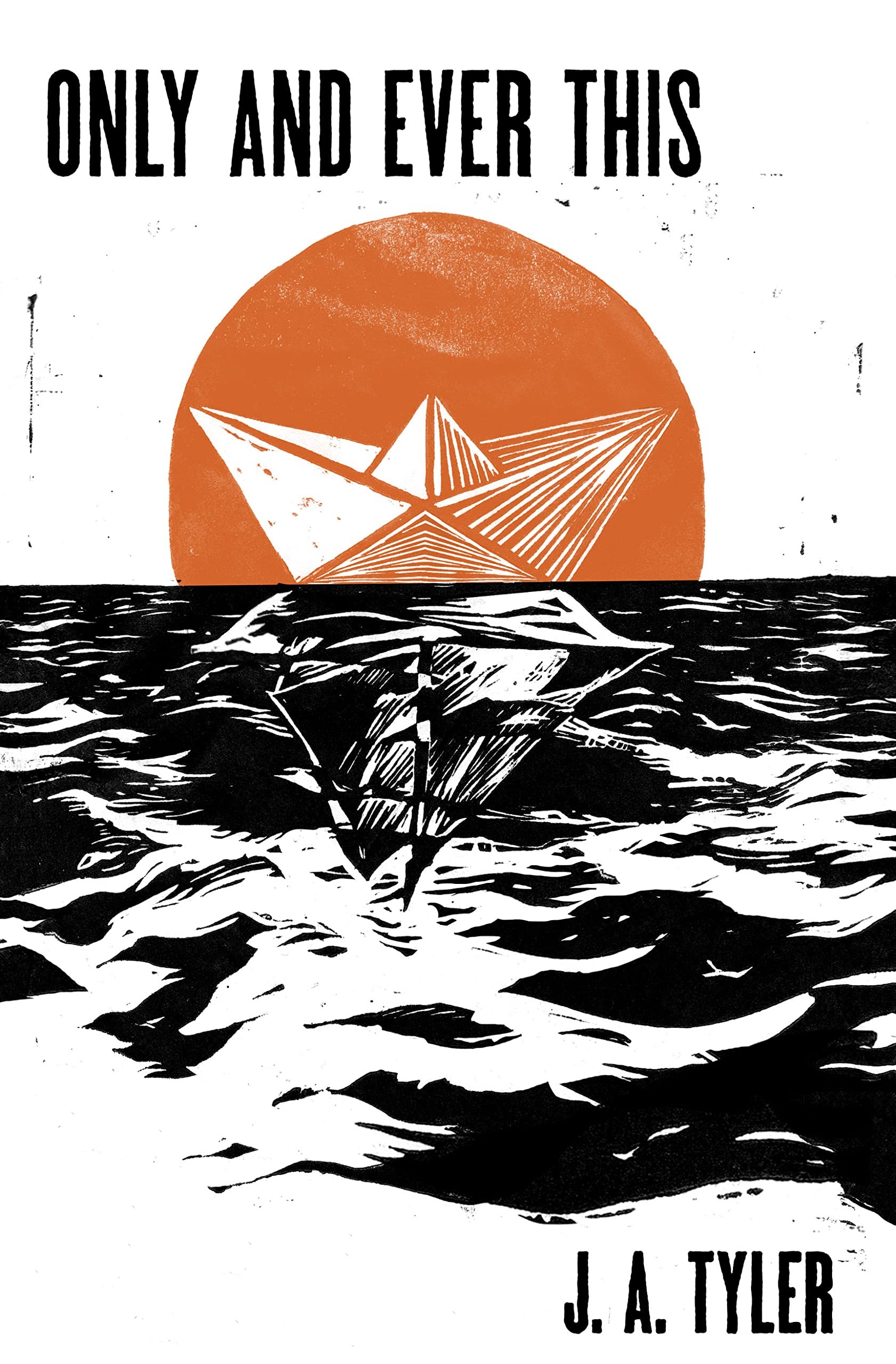By: Miah Jeffra
American Gospel was actually my very first book project, a love letter to my hometown, Baltimore. I wanted to capture its identity crisis—a northern town south of the Mason-Dixon, a black majority city yet with one of the most extreme cases of racial inequity in the U.S. I wanted to also capture its beauty, its corruption, and the racialized violence associated with urban renewal projects. All three of the main characters—Ruth Anne, Peter and Thomas—are a composite and reflection of my complicated relationship with the city. However, the starring character in the novel is Baltimore itself, how it fastens itself to its history, how it stumbles into its future.
Miah Jeffra is author of four books, most recently The Violence Almanac (finalist for several awards, including the Grace Paley and St. Lawrence Book Prizes) and the forthcoming novel American Gospel. Work can be seen in StoryQuarterly, Prairie Schooner, The North American Review, Barrelhouse, DIAGRAM, jubilat and many others. Miah is co-founder of Whiting Award-winning queer and trans literary collaborative, Foglifter Press, and teaches writing and decolonial studies at Santa Clara University and Sonoma State University.




